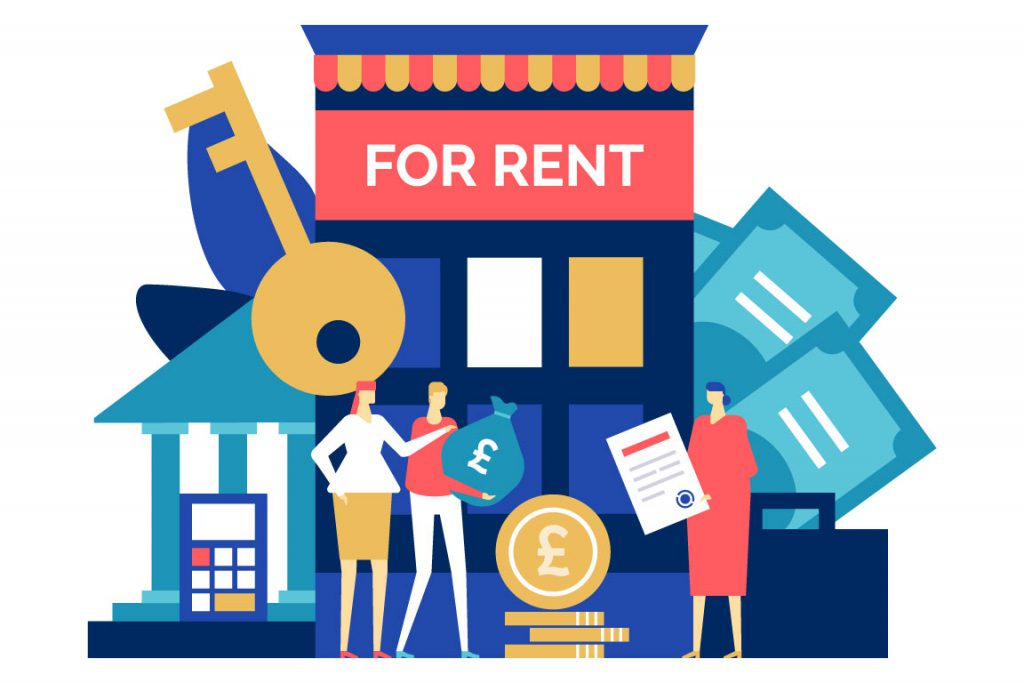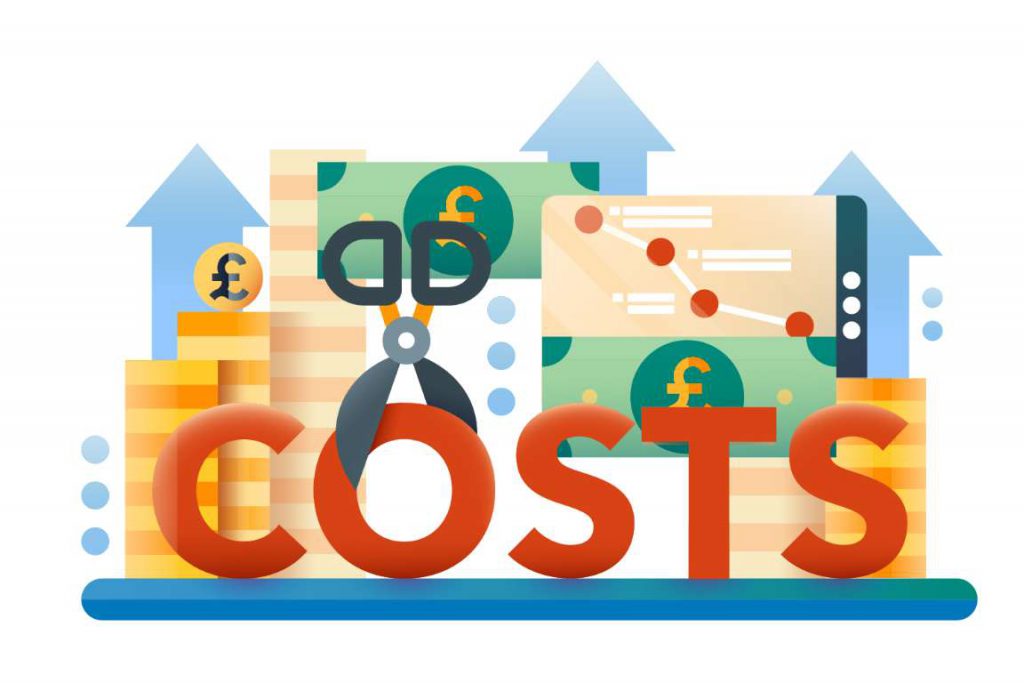Many successful online retailers are expanding their business into bricks and mortar stores, using the opportunity to retain and upsell to loyal customers while attracting new devotees to their brand. Here are the key things a retailer should consider before stepping across the bricks & mortar threshold.

Image sourced from Stephen Brashear/Getty Images
The relentless rise and fall of online retailing
The successful online retailers are those who realise both the importance of clear concise marketing messages and a product that is of good quality and desirable.
The influence of social media – blogs, Instagram and Facebook – to attract new shoppers cannot be underestimated as the foundations of success for online retailers. Therefore it is vital for business success that fashion retailers ensure they harness these latest technology trends, to ensure that they proactively communicate with their customers.
Ultimately retailers have to remember that the mantra “the right product, in the right place, at the right time” will always be fundamental to the business.
Ultimately retailers have to remember that the mantra “the right product, in the right place, at the right time” will always be fundamental to the business. However, the retail market is changing, and we are seeing a merging of online and bricks & mortar. The latest trend for online retailers is to expand their presence onto the high street or shopping mall.
A changing landscape
While the number of transactions on online products is still rising, the market has become very crowded. The costs associated with online retailing have been steadily increasing.
The design and navigation of a website needs be attractive (particularly in the fashion and accessories industry), easy to use and regularly refreshed, in order to attract revisits. In addition, companies are now spending considerable amounts on marketing online to attract visitors, and with the larger companies competing for the same customers, the costs to promote keywords for search engines have increased. A considerable investment in systems is necessary to ensure accurate order fulfilment, and they need to be scalable to allow for future expansion. All of these costs can have a massive impact on a retailer’s bottom line and profit margins.
We are also seeing a shift in customer attitudes. Certain functional products will always be sold purely on price, however, with fashion and high value jewellery items there is a marked difference in the buying decision. Of course, price is still important, but design and brand are also key factors in choice.
Customer loyalty becomes a sophisticated mix of factors and preferences derived from a particular demographic, defined by age, sex, work, lifestyle – even geographical area – which the canny retailer will have defined in their customer profile in their CRM system.
Why bricks and mortar makes sense
Increasingly shoppers demand a customer experience as part of their brand expectations and loyalty. It has been claimed that Millennials in particular are brand conscious and moving towards ‘experience shopping’.
Online businesses are very good at tracking customer purchases and trends and using this information they can quickly identify the best location, which products to sell – even where to promote the new store.
The result – online retailers investing in high street stores, premium spaces in out of town shopping centres or designer outlets, to enable customers to try before purchasing. The latter also provides a channel for retailers to sell additional products that sell better instore rather than online.
Starting with a particular geographical area where the online purchases highlight a significant customer base, an online retailer can enjoy immediate success with a new store opening. The physical store establishes or enhances the brand and provides the customer with the all-important tactile experience when purchasing new products.
Enabling customers to try before they buy can reduce the number of returns. If successful, a retailer might then decide to open more stores in different areas, near to where other customers live, to meet demand.
Taking the first steps
Accepting that the move to bricks and mortar is both a necessity and complementary with the online business, there are a few things to consider before branching out;
- With multiple outlets it’s important to have good retail systems that provide visibility of stock. A central connected system that can track whether stock is in the warehouse, in different stores or even in transit, is invaluable for meeting customer demand and forecasting sales. Being able to access stock records can help staff to provide a better customer service in store.
- The location of stores is important – is there easy access by car or good transport links, what are the opening hours or other facilities on offer? What sort of retailers do you want as neighbours? Located next to competitors may bring new customers, in the same way you may not want a high street location alongside stores completely different from your business. Destination retailers with a strong brand identity may wish to have a second store, while an outlet clearance store is useful to sell heavily discounted items that have been returned or damaged.
- A careful balance needs to be achieved between the store and online prices. While an online business relies on fast turnover and a refresh of stock, customers may only visit stores every few months and so items may be kept longer. A retailer needs to be careful to remain competitive while not eating into their store margins or devaluing the brand.
- Although online costs have increased, a bricks and mortar store is not a cheap alternative and requires a different cost model. Staff working hours may need to be longer to fit in with other stores close by and the cost of local marketing such as billboards and local press used to establish presence needs to be factored in.
- Renting premises may require a longer term financial commitment dependent on the leases available. Some leases may also specify fixed terms and notice periods, important for cost forecasts. Not only is location important, but also the physical space that is needed, both for the front display in store and stock room.
- Expanding into bricks and mortar internationally also brings new challenges, where retail systems need to be able to comply with local tax legislation or handle multiple currencies. In Asia, for example, retail space in shopping malls is costed by a percentage of the sales and turnover, rather than the physical space taken, so systems that can provide data for accurate planning and forecasting are vital.
Innovation is the key to success
The important thing to remember is that many successful retail innovators are those that started online. We are seeing Amazon opening a bookstore in its home base of Seattle and ASOS, the highly successful fashion retailer, has also opened a flagship store, to name but a few.
The successful retailers are those that win business by being product and customer focused, stealing sales from less agile competitors. Brands may come and go according to fashion, but as long as there is longevity in product then the business will be successful.
We have seen high street fashion brands become absorbed by bigger names and in these instances the retail outlet has been refreshed to accommodate the new look. In the same way that a website might be redesigned to reflect a more modern image, as long as the product is still demanded and the customers are loyal, the business will be successful.
In the retail industry, change is the only constant.



